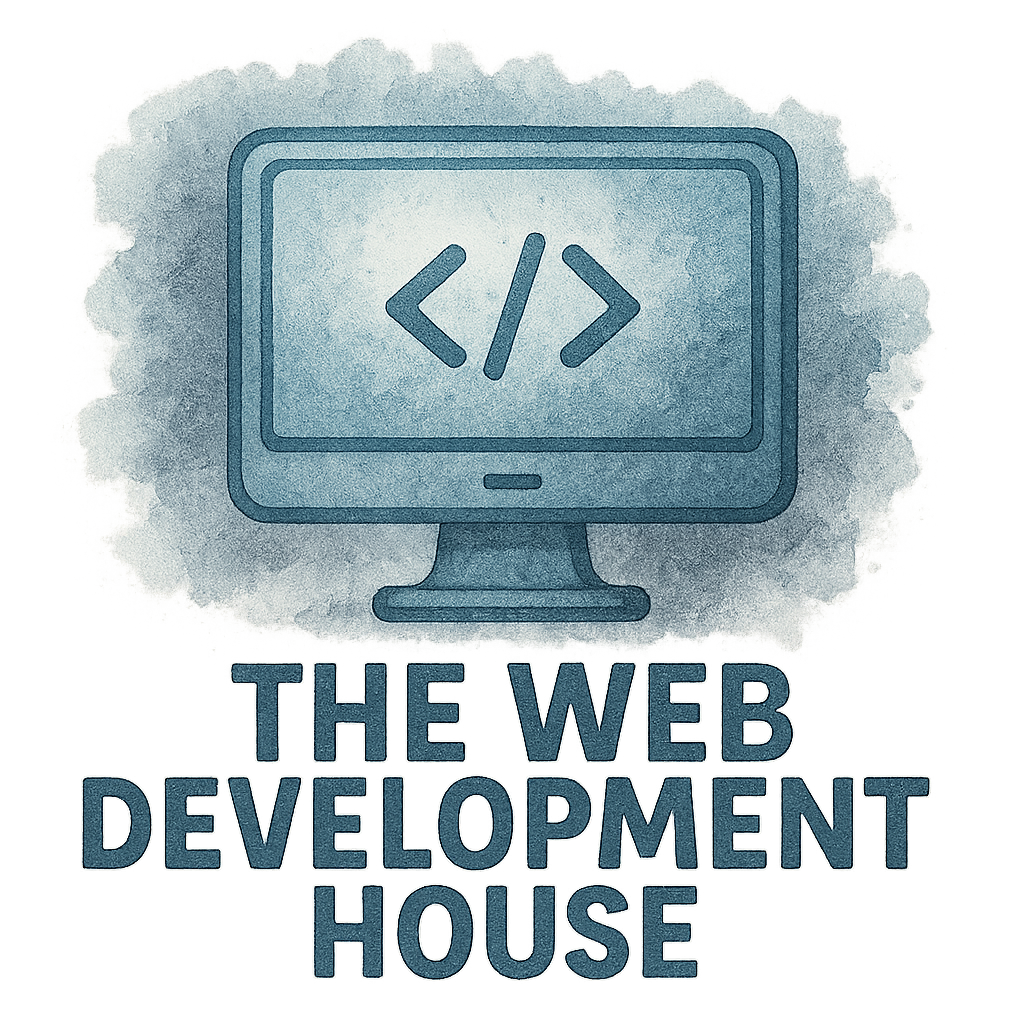Introduction to Laravel and Web Development
If you’re just stepping into the exciting world of web development, chances are you’ve come across Laravel. It’s one of the most popular PHP frameworks, loved by beginners and seasoned developers alike. Laravel makes building web applications smoother, cleaner, and a whole lot more fun.
But let’s be real—starting with a framework can feel overwhelming. That’s why in this guide, I’ll share 7 Laravel tips for beginners to learn web development faster and more effectively.
Why Choose Laravel for Beginners?
Before diving into the tips, it’s worth asking: why Laravel? There are plenty of frameworks out there, but Laravel stands out for several reasons.
Easy-to-Learn Framework
Unlike some frameworks that demand years of coding experience, Laravel is beginner-friendly. Its syntax is simple, elegant, and designed to save you time.
Strong Community and Documentation
Ever felt stuck coding at 2 AM? With Laravel, you’re never alone. Its community is massive, and its documentation is top-notch.
Scalable for Future Projects
Starting small? No problem. Dreaming big? Laravel grows with you. That’s why startups, enterprises, and freelancers all rely on it.
Laravel Tip #1: Master the Basics of MVC
What is MVC in Laravel?
MVC stands for Model-View-Controller, and it’s the backbone of Laravel. Models handle data, Views manage how things look, and Controllers connect the two.
Why MVC Matters for Beginners
Learning MVC early on helps you organize code properly. Trust me—future-you will thank present-you for writing clean, structured projects.
Laravel Tip #2: Learn Artisan Commands
Common Artisan Commands You’ll Use Daily
Laravel ships with Artisan, a command-line tool that makes development easier. Here are a few you’ll use often:
php artisan serve→ starts your local serverphp artisan make:model→ creates a new modelphp artisan migrate→ runs your database migrations
Boosting Productivity with Artisan
Think of Artisan as your sidekick. Instead of manually creating files, Artisan does it in seconds, helping you focus on writing code that matters.
Laravel Tip #3: Use Laravel’s Built-in Authentication
One-Click Authentication Setup
Authentication can be a pain—but not with Laravel. With just one Artisan command, you can scaffold login, registration, and password reset features.
Securing Your Application
Security isn’t optional. Laravel’s authentication system includes hashed passwords and CSRF protection, giving beginners a head start on building safe apps.
Laravel Tip #4: Explore Eloquent ORM
Understanding Models and Relationships
Eloquent is Laravel’s way of handling databases. Forget messy SQL queries; with Eloquent, you interact with your database using simple PHP methods.
Simplifying Database Queries
Want all users from your database? Just write:
$users = User::all();
Clean, right? That’s the beauty of Eloquent.

Laravel Tip #5: Blade Templating Engine
Benefits of Using Blade
Laravel comes with Blade, a powerful templating engine. Instead of messy PHP embedded in HTML, Blade keeps your code neat.
Writing Cleaner Views with Blade
Example:
@if($user)
Welcome, {{ $user->name }}
@endif
Blade makes templates simple and reusable, saving you hours of coding.
Laravel Tip #6: Focus on Routing
Understanding Web Routes vs. API Routes
In Laravel, routes decide where requests go. For beginners:
- Web routes → for pages users see
- API routes → for data exchange between apps
Using Named Routes for Maintainability
Instead of hardcoding URLs everywhere, Laravel lets you assign names to routes. This makes future edits a breeze.
Laravel Tip #7: Learn Project Structure and Best Practices
Organizing Your Files
Laravel projects follow a structured folder system. Keeping models in app/Models, routes in routes/web.php, and views in resources/views keeps everything neat.
Following Laravel Best Practices
Want to code like a pro? Follow best practices such as:
- Use migrations for database changes
- Keep logic in controllers, not views
- Write reusable code whenever possible
Extra Learning Resources for Laravel Beginners
Tutorials and Documentation
Laravel’s official documentation is gold. But don’t stop there—check out community-driven guides, YouTube tutorials, and blog posts.
Web Development Blogs and Guides
Websites like The WD House offer insights on project management, UI/UX design, and web development that tie perfectly with Laravel learning.
Integrating Laravel with Web Development Skills
UI/UX Design with Laravel
Great code is useless if users hate your app. Learning UI/UX design ensures you create projects that look good and feel intuitive.
Mobile and Web Development Synergy
Laravel isn’t just for the web. Pair it with mobile development tools, and you’ll open doors to full-stack opportunities.
Final Thoughts on Learning Laravel
Learning Laravel is like learning to drive: overwhelming at first, but freeing once you get the hang of it. By mastering MVC, Artisan, authentication, Eloquent, Blade, routing, and best practices, you’ll be miles ahead as a beginner in web development.
Conclusion
Laravel isn’t just another framework—it’s a launchpad for beginners eager to build real-world web applications. These 7 Laravel tips for beginners to learn web development will help you write cleaner code, understand project structures, and adopt best practices early on.
Whether you’re dreaming of launching your own startup, joining a dev house, or freelancing, Laravel gives you the toolkit to get there. Combine it with resources like The WD House and keep practicing—you’ll be amazed how fast you level up.
FAQs
1. Is Laravel good for complete beginners?
Yes! Laravel is designed to be beginner-friendly with simple syntax and detailed documentation.
2. Do I need to know PHP before learning Laravel?
Absolutely. Basic PHP knowledge is recommended to fully understand Laravel.
3. Can I build mobile apps with Laravel?
Not directly, but Laravel pairs well with mobile development frameworks.
4. How long does it take to learn Laravel?
With consistent practice, most beginners feel comfortable within 3–6 months.
5. What is the biggest advantage of Laravel over other frameworks?
Its ease of use, powerful built-in features, and supportive community make Laravel stand out.
6. Should I learn Laravel or Django first?
If you’re already into PHP, Laravel is a natural choice. For Python lovers, Django might be better.
7. Where can I find Laravel best practices?
You can explore resources like The WD House best practices tag for guidance.

